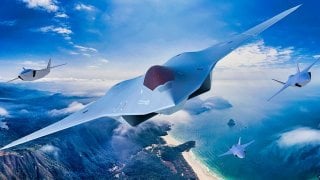Forget NGAD: 7th Generation Fighter Would Be a Total Waste of Money
What is known is that the seventh-generation warplane will build from the yet-to-be-revealed sixth-generation warplane’s use of advanced drones and artificial intelligence (AI). But is a 7th generation fighter really worth it?
A 7th Generation Fighter? There is chatter that the United States Air Force, which has yet to field their sixth-generation warplane (which is assuredly a waste of money) is already talking about planning for their seventh-generation warplane. The whole thing remains speculative. But it is out there.
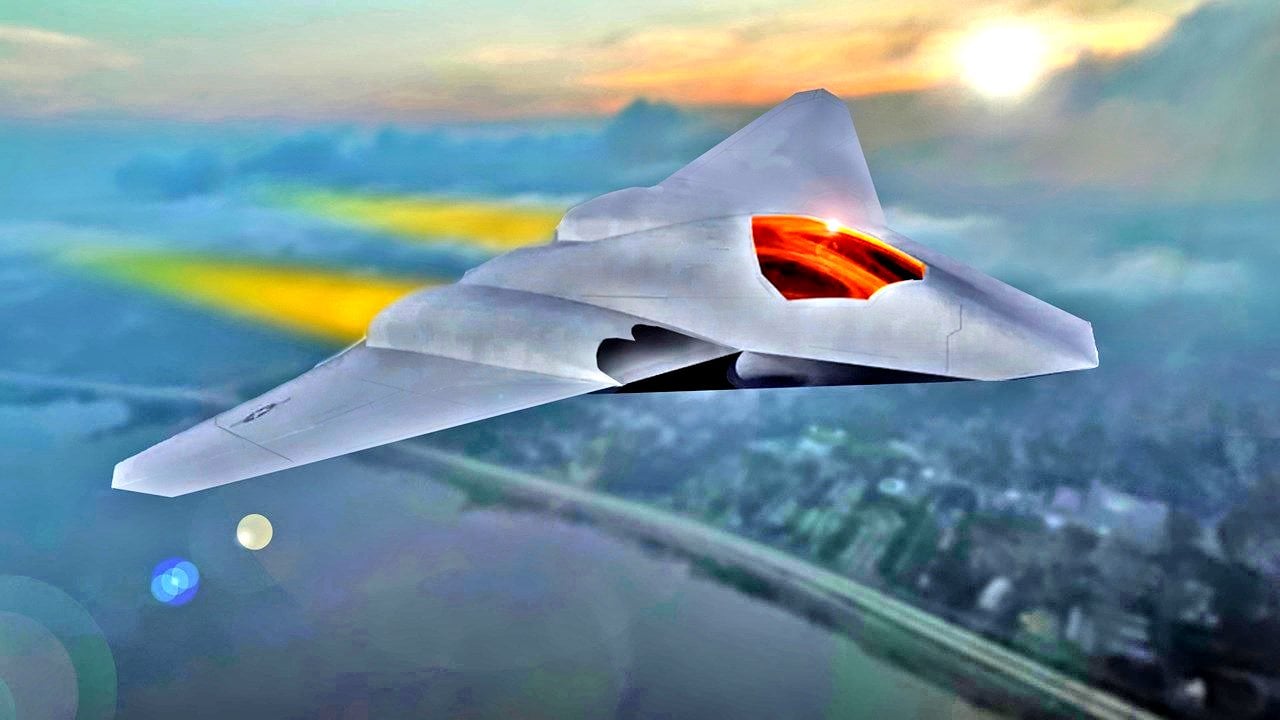
What is known is that the seventh-generation warplane will build from the yet-to-be-revealed sixth-generation warplane’s use of advanced drones and artificial intelligence (AI).
This is likely a safe bet because drones and AI, for better or worse, have and will change the face of war forever.
Although, acknowledging that drones and AI will be the likely forefront of next-generation combat systems is hardly a justification for blowing billions of tax dollars on speculative systems that may not be worth their investment.
For all the ra-ra about the Air Force’s fabled fifth-generation warplanes, the F-22A Raptor and the F-35 Lightning II, none have been tested in the crucible of true warfare—against a near-peer rival.
F-22, NGAD or 7th Generation Fighter? The Air Force Needs to Figure Out What It Needs
What’s more, the Air Force canceled the technically superior F-22A Raptor in favor of the advanced, though not as useful in a near-peer war, F-35. The earlier units of the F-22 are already being considered for retirement.
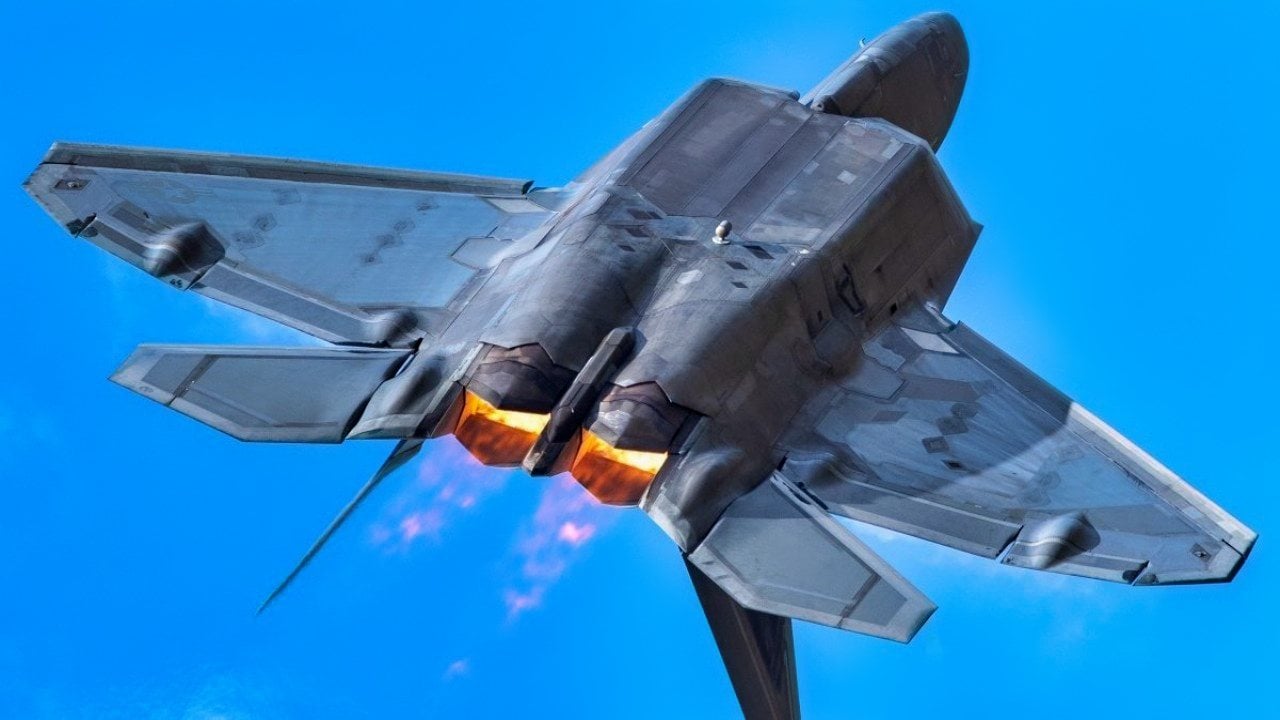
Yet, the Air Force is pressing ahead with the sixth-generation warplane. Unsatisfied with what will likely be a boondoggle, the Pentagon is hinting at a seventh-generation warplane.
This is not necessary.
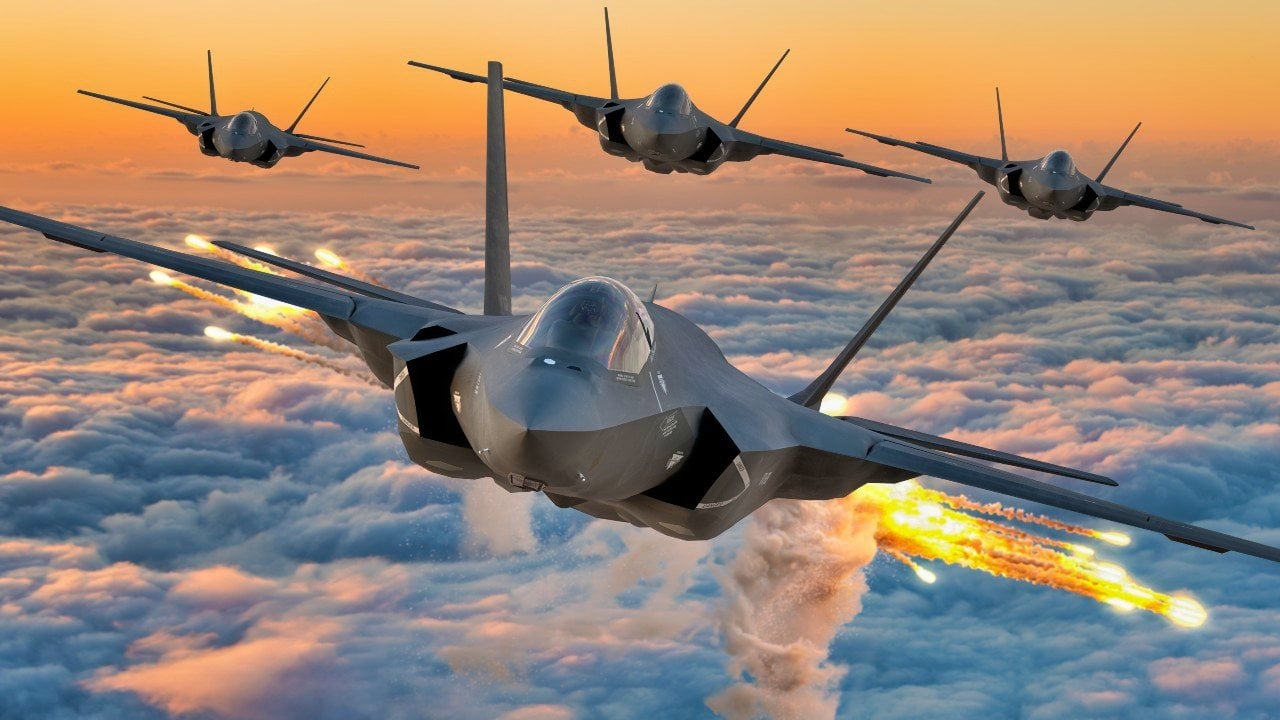
Where the Pentagon is correct is in its desire to elevate the importance of unmanned systems operating in tandem with existing manned platforms. But, as I have argued elsewhere, the primary strategic zone in the coming decades is not going to be on Earth at all. It’s going to be in space.
So, priority should be given to developing space-based weapons platforms rather than redundant and utterly pointless warplanes limited to the unfriendly skies.
Even if the Air Force were to be awarded for their, frankly, boring proposals for yet another spate of expensive platforms that will only marginally (if at all) improve US military capabilities over near-peer adversaries, we reached the age of diminishing returns when it comes to military systems some time ago. Probably in the 1980s and 1990s, when the fifth-generation warplanes were but a glint in their designers’ eyes.
And even with those fifth-generation birds, it was their fourth-generation predecessors that continue to break records and define military aviation globally. Why not simply enhance the fifth-generation warplanes and focus on unmanned systems that are usually cheaper and easier to build and replace than are manned systems?
Not only is a seventh-generation bird unnecessary, but so too is the sixth-generation.
Losing the Next War to Help US Defense Contractors Win Their Next Bid
The Pentagon finds an astounding amount of ways to waste our money (and as someone who is in a higher tax bracket, this affects my family significantly). The systems they are blowing their budgets on will not have the impact that they think such systems will have.
All these new platforms will do is waste precious time and resources—as our enemies gain on us in key areas, such as the strategic high ground of space—all to help those defense contractors build new wings on their McMansions in Arlington, Virginia and Bethesda, Maryland.
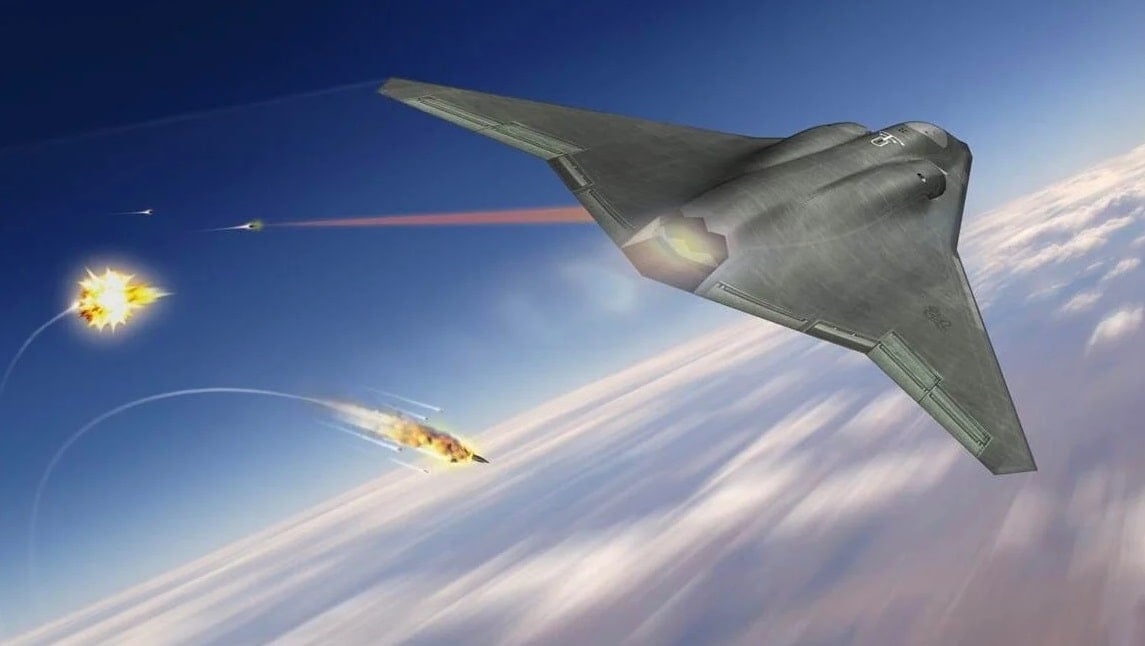
What the US needs are less complex, easier to mass produce systems that can simply outmaneuver, outrun, and swarm enemy targets. That’s not what the country’s top defense contractors are offering.
And no one in either the Pentagon or on the Hill is telling those contractors to correct course. It’s going to cost us both in terms of money as well as in regards to America winning the next great power war.
Besides, the US Air Force is still running its B-52 Stratofortress, a plane from the 1950s—and plans to with minimal enhancements for another several decades. Clearly, new and sleek is not always necessary. Sometimes cheap and old is just as good. Or better, since we don’t really make ‘em like we used to.
About the Author
Brandon J. Weichert is a former Congressional staffer and geopolitical analyst who is a contributor at The Washington Times, as well as at American Greatness and the Asia Times. He is the author of Winning Space: How America Remains a Superpower (Republic Book Publishers), Biohacked: China’s Race to Control Life, and The Shadow War: Iran’s Quest for Supremacy. Weichert can be followed via Twitter @WeTheBrandon.
Image Credit: Shutterstock.


